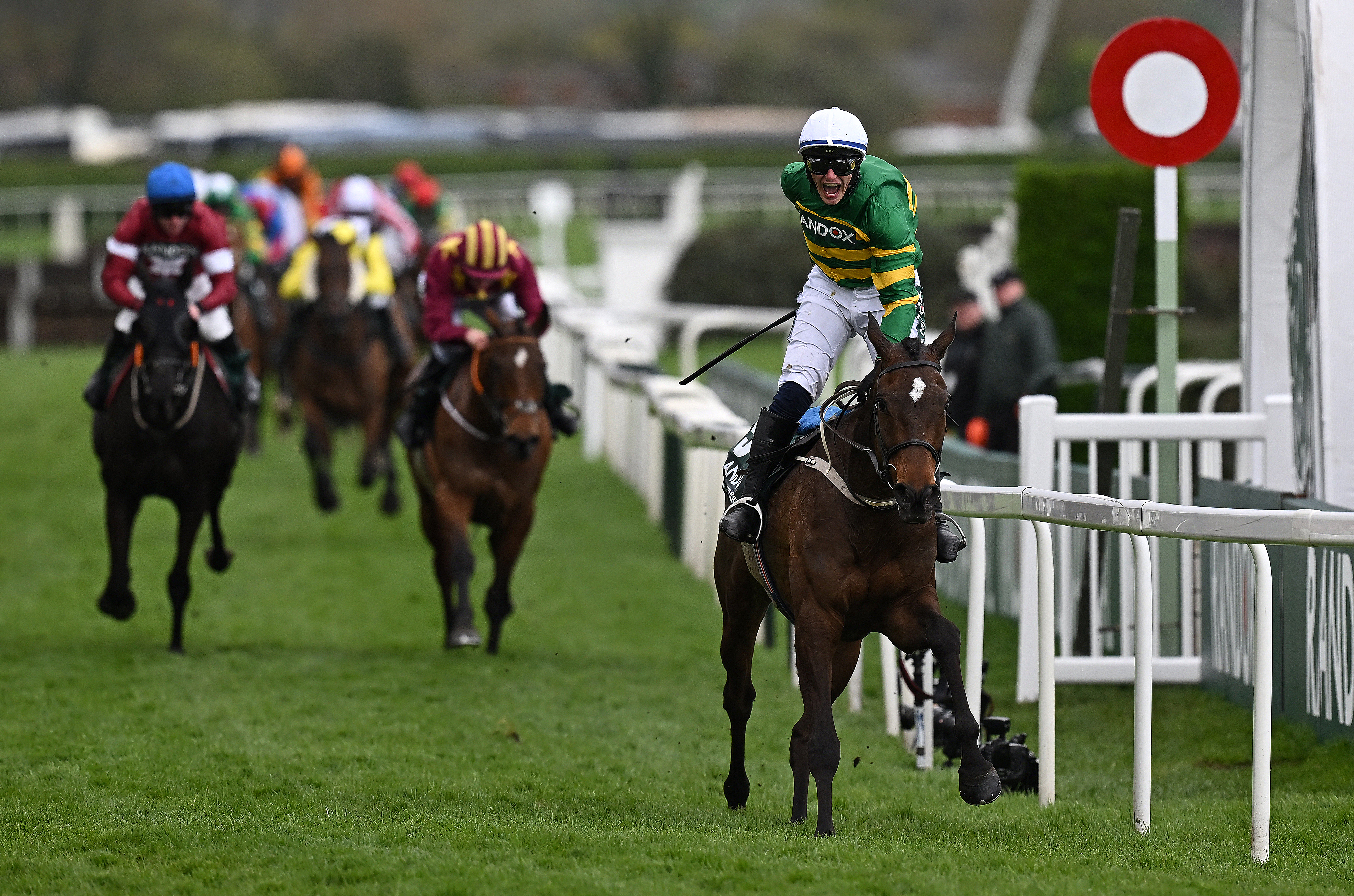Charities throughout the United Kingdom have hit the jackpot, thanks to the Betting and Gaming Council (BGC) Grand National Charity Bet campaign, which has raised over £15,000 for good causes.
Big Wins for UK Charities
Over 50 parliamentarians placed charity bets on the Grand National, with major betting operators in the UK donating all winnings to the charities chosen by the MPs.
The winning horse was the 7/1 favorite I am Maximus, ridden by Paul Townend, owned by JP McManus, and trained by Willie Mullins. This victory marks another Grand National win for a horse trained by Mullins, following Hedge Hunter's triumph in 2015.
Among the parliamentarians backing the winning horse were Christian Wakeford MP, Maria Caulfield MP, and others, while Bob Blackman MP secured a win with an each-way bet on Ain't That A Shame, which finished sixth.
Support for Various Charities
Charities such as Sir Jackie Stewart's Race for Dementia and The Fed, a social care charity for the Greater Manchester Jewish Community, were among the beneficiaries of the campaign. Additionally, all nominated charities received a minimum of £250 each, thanks to the support of BGC members.
With donations from both winners and participants, the campaign raised an impressive total of £15,115.
Continued Support for Good Causes
Since its establishment in 2019, BGC members have collectively raised over £6 million for charitable organizations. The industry's contribution to various causes demonstrates a commitment to giving back to the community.
Michael Dugher, the BGC's chief executive, praised the participation of MPs and the ongoing support from betting shops and operators in championing charitable initiatives.
Responsible Gambling Reminder
As the excitement of the Grand National unfolds, it is essential to remember to gamble responsibly. For detailed guidance on responsible gambling practices, find our resource here.
If you or someone you know needs help with a gambling problem, contact the National Gambling Helpline on 0808 8020 133 or visit www.gamstop.co.uk to self-exclude from all UK-regulated gambling websites.
Frequently Asked Questions
What is meant by the jockeys silks and why?
The jockeys silks is the colorful, patterned outfit worn during racing. Each set is unique to its owner and allows both spectators as well as officials to easily identify each horse during the race. Silks are often a tradition or hold sentimental value for their owners. They can be adorned with a variety colors, patterns, and symbols.
What does the phrase ‘photo finish’ in horse racing mean?
When two or three horses cross the finish-line so closely that it is difficult to distinguish the winner by sight, a “photo finish” occurs. In these situations, race officials are able to use a high-speed camera to record images of the moment the noses of each horse reach the finish. The photo finish helps officials determine the official finish order accurately.
How is the safety of horses and riders maintained during a race?
In UK horse racing, the safety of horses and riders are of paramount importance. Racecourses must meet strict safety standards. This includes the condition of tracks and the quality or the jumps. Horses must be examined before and immediately after races. The jockeys wear protective equipment like body protectors or helmets. Rapid response teams and veterinarians are also on hand to deal with any incident.
What does it mean when a horse is described as a ‘stayer’ in racing terms?
In racing terms, a ‘stayer’ is a horse that excels in racing over long distances. These distances usually exceed one mile and four quarters. Stayers require not only speed, but endurance as well to maintain their pace during long races. Renowned stayers compete in long distance races like the Ascot Gold Cup.
What is the function of a racecourse steward?
Stewards are responsible for ensuring that all horse racing is conducted in a fair and legal manner, according to the racing rules. They have to supervise the conduct by jockeys or trainers along with other race personnel. The Stewards are also empowered to impose penalties for any rule violation, including fines or suspensions.
What are Britain’s most prestigious races for horses?
The United Kingdom hosts a number of acclaimed horse races that draw audiences from around the world. The Epsom Derby and Royal Ascot are the most prestigious. These events showcase not only the best in equine talents, but also rich tradition and history. They have evolved into social occasions with distinct dress codes and royal patronage.
Statistics
- In the UK, more than 14,000 people are employed directly in the horse racing industry.
- There are over 8,000 active racehorse owners in the UK, ranging from royals to common citizens.
- Horse racing contributes an estimated £3.7 billion to the UK economy directly and indirectly each year.
- Approximately 6 million people attend horse racing events in the UK each year, making it the second most popular spectator sport in the country.
- The Grand National at Aintree boasts a prize fund of around £1 million, making it the most valuable jump race in Europe.
- The Royal Ascot, held annually in June, draws crowds of 300,000 over its five-day meeting.
External Links
britishhorseracing.com
ascot.com
thejockeyclub.co.uk
thejockeyclub.co.uk
britishhorseracingmuseum.org.uk
thejockeyclub.co.uk
How To
How to select a winning racehorse in UK Racing
When choosing a winning horse, you need to analyze the form. This includes the horse’s previous performance, race distance, track surface, as well as the trainer and jockey’s record of success. Begin by reviewing recent horse races. Pay particular attention to horses who have consistently placed in the top three. Take into account the horse’s ability to perform well at the distance of the race and if they have performed well on similar tracks. For both the trainers and jockeys, you can check the statistics of wins and places to get a better idea of their performance. While there’s no foolproof system to select a win, doing your research will improve your chances.

